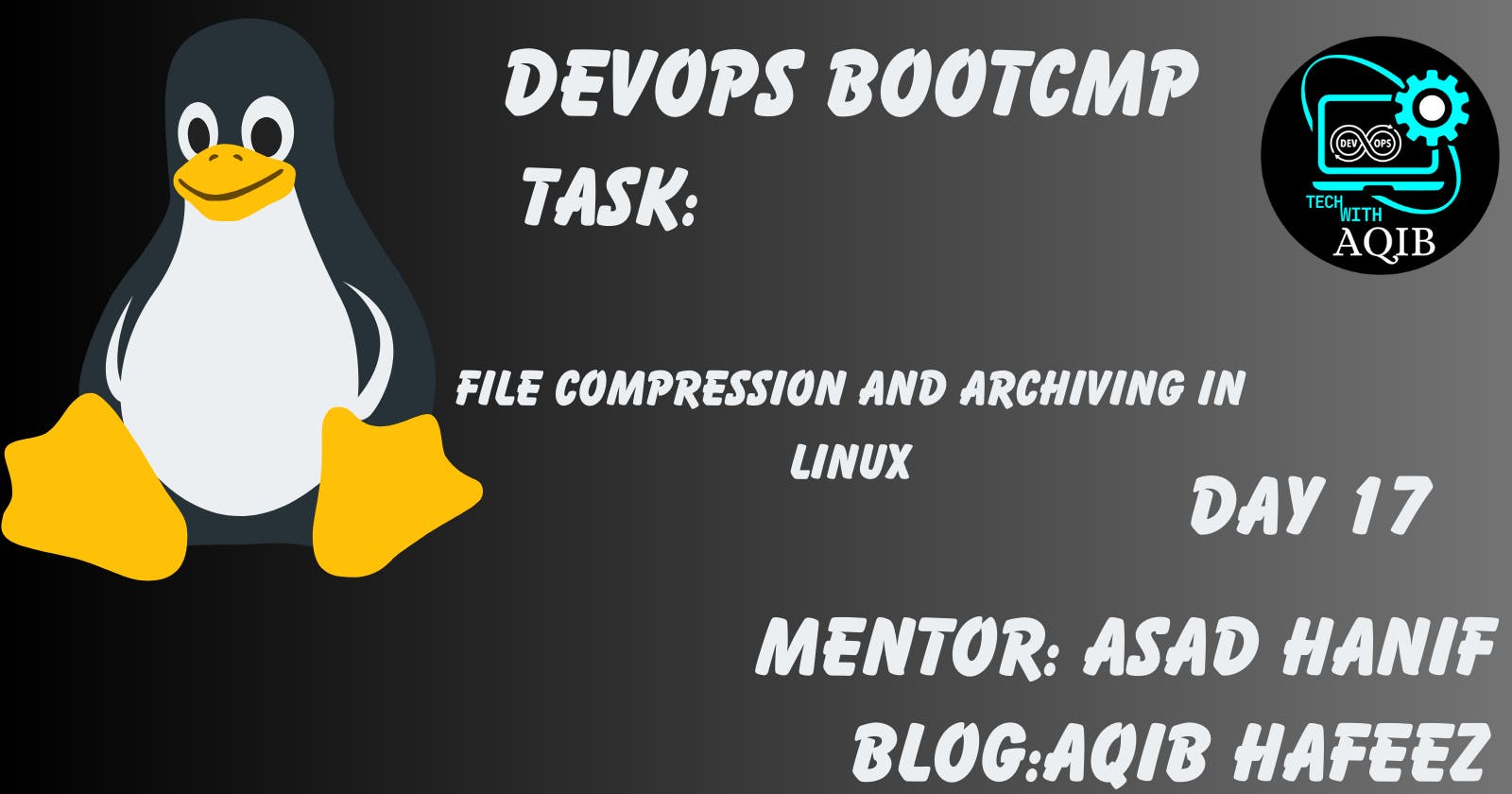Two essential tools in their arsenal are file compression and archiving. In this article, we'll delve into what these concepts are, their Linux command counterparts, and why they are indispensable in the DevOps toolbox.
What is File Compression?
File compression is the art of making files smaller without losing any of their data. It's like packing your belongings into a suitcase for a trip – you want to maximize space while keeping everything intact. In the Linux world, gzip, bzip2, and xz are commonly used compression utilities.
To compress a file using gzip, you simply use the following command:
gzip filename
This command will create a compressed file with a .gz extension, making it more storage-friendly and network-efficient. To decompress the file, you'd use:
gunzip filename.gz
DevOps professionals often use compression for:
Reducing Storage Space: Compressed files occupy less disk space, a crucial factor when dealing with large logs and backups.
Faster File Transfer: Smaller files transfer more quickly over networks, a boon for deploying applications or sharing resources.
Optimizing Resources: In containerized and cloud environments, resource optimization is key, and compression helps achieve that goal.
Archiving
Archiving, on the other hand, is all about organizing and consolidating files and directories into a single, convenient package known as an archive or tarball. The trusty tar command in Linux does this job well.
To create an archive, use the following command:
tar -cvf archive.tar files_or_directories
-c: Create a new archive.-v: Verbose mode (optional, shows progress).-f: Specify the archive file name.
Extracting files from an archive is as simple as:
tar -xvf archive.tar
-x: Extract files from an archive.
In the realm of DevOps, archiving is invaluable for:
Grouping Files: Bundling files and directories together for deployment or distribution.
Backup and Restore: Simplifying the backup process and ensuring the ability to restore systems to a specific state in case of failure.
Version Control: Packaging and versioning software releases and artifacts to maintain control over what goes into production.
Reducing Transfer Overhead: Streamlining the transfer of files or directories, which is especially important in networked or distributed systems.
Conclusion
File compression and archiving are not mere tricks but powerful techniques that enable DevOps professionals to work more efficiently, save valuable resources, and maintain control over their systems and data. Incorporating these methods into your DevOps workflow can lead to smoother operations, faster deployments, and a more efficient use of resources. In the ever-evolving landscape of DevOps, these tools are your allies, helping you stay ahead of the curve.
